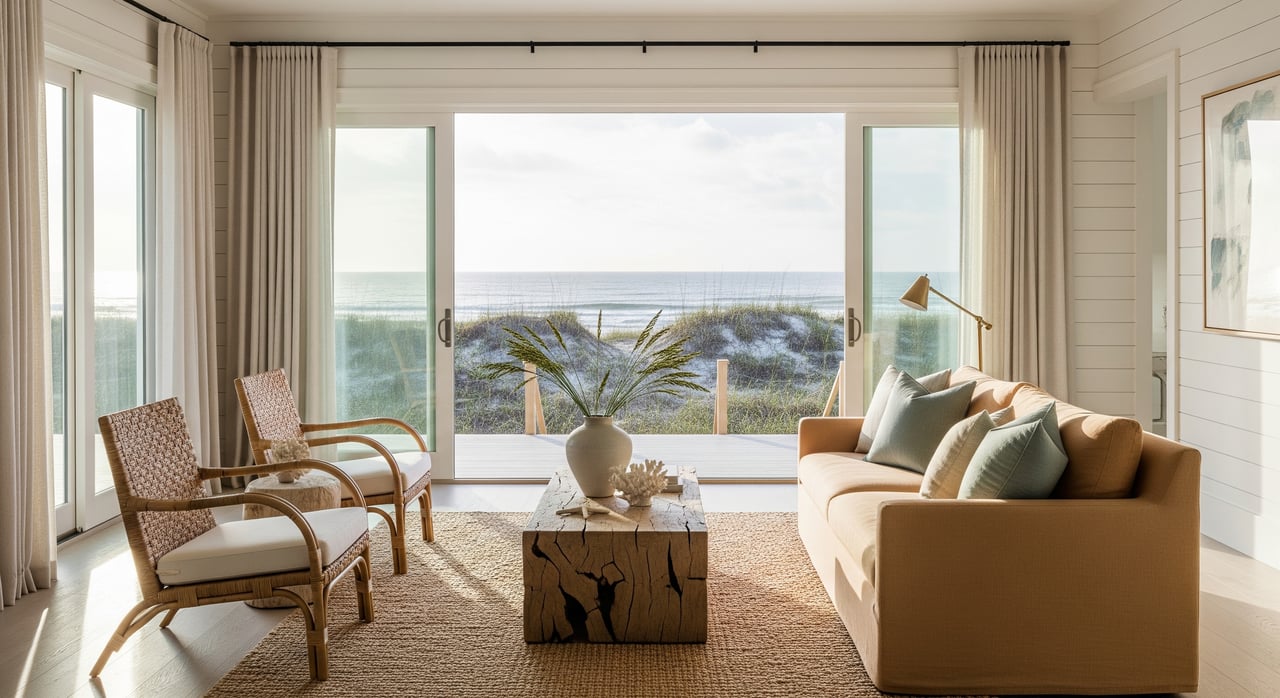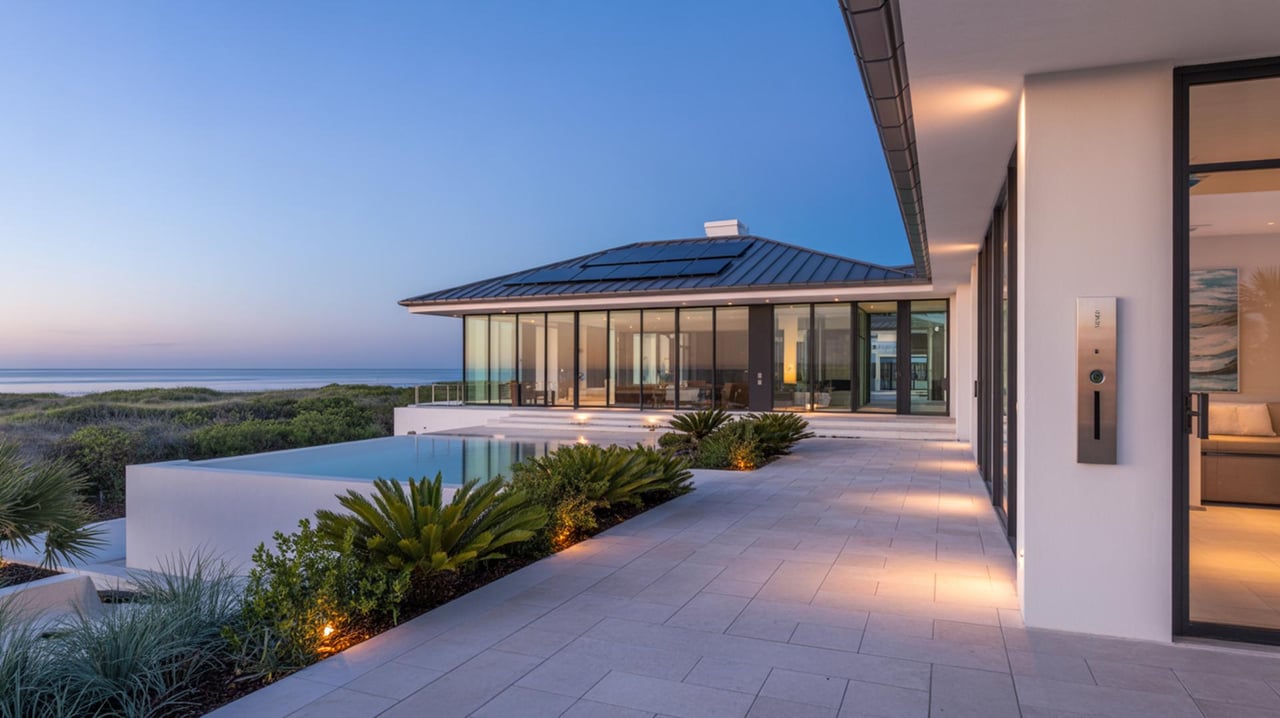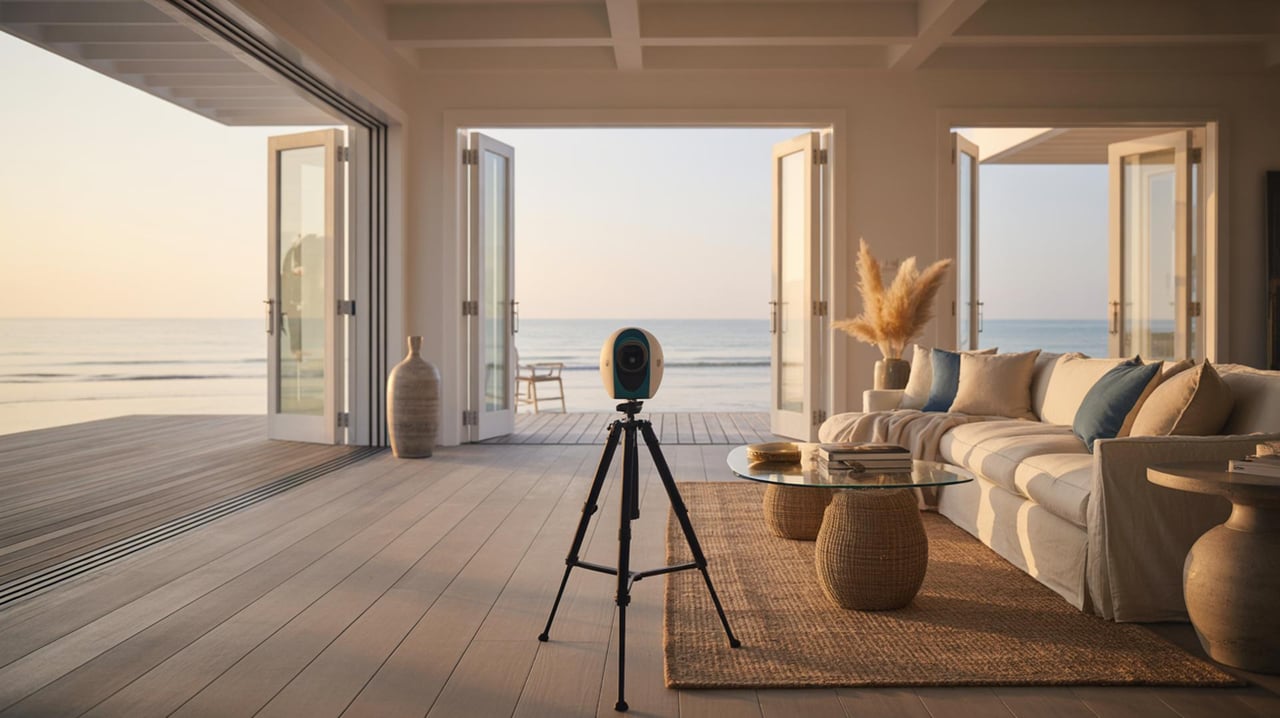Choosing the right paint colors for a room is both an art and a science. Understanding the psychological effects of colors, the principles of color theory, and the interplay of natural and artificial light can transform any space. This guide explores the scientific foundations behind color selection and provides practical tips on how to choose colors for a room, ensuring each space in a home reflects its intended purpose and ambiance.
Understanding Color Psychology
Color psychology examines how different hues influence human emotions and behaviors. For instance, blue is often associated with calmness and is ideal for bedrooms, while vibrant colors like yellow can energize a kitchen or workspace. By leveraging the emotional impact of colors, homeowners can create environments that enhance well-being and productivity. Recognizing these psychological effects is crucial when deciding how to choose colors for a room, ensuring that each space serves its functional and emotional purpose effectively.
The Color Wheel and Harmony
The color wheel is a fundamental tool in color theory, illustrating the relationships between primary, secondary, and tertiary colors. Understanding concepts such as complementary, analogous, and triadic color schemes helps in selecting harmonious paint tones. For example, using complementary colors like blue and orange can create a dynamic and balanced look, while analogous colors like green, blue-green, and blue offer a more serene and cohesive feel. Mastering these color relationships aids in making informed decisions on how to choose colors for a room, ensuring aesthetic balance and visual appeal.
Lighting’s Impact on Color Perception
Natural and artificial lighting significantly affect how paint colors appear in a room. Natural light can change throughout the day, altering the perceived warmth or coolness of a color, while artificial lighting can cast different hues depending on the light source. For example, incandescent bulbs may enhance warm tones, whereas LED lights might emphasize cooler shades. When choosing colors for a room, it’s essential to consider the lighting conditions to ensure the chosen paint tones maintain their intended appearance under various lighting scenarios.
Room Function and Color Selection
Each room in a home serves a distinct function, and its color palette should reflect this purpose. Living rooms benefit from inviting and versatile colors that accommodate various activities, while kitchens may thrive with bright and stimulating hues that enhance appetite and energy. Bathrooms often favor soothing and fresh tones to create a spa-like atmosphere. Tailoring paint colors to the specific function of each room ensures that the space not only looks cohesive but also supports its intended use effectively.
Size and Color Perception
The size of a room influences how color tones are perceived. Light colors can make a small room appear larger and more open, while darker colors can create a cozy and intimate feel in larger spaces. Additionally, strategic use of accent walls or contrasting colors can add depth and dimension to a room, enhancing its spatial dynamics. Understanding the relationship between room size and color perception is vital when choosing colors for a room, allowing homeowners to manipulate the visual dimensions of their spaces to achieve the desired effect.
Texture and Finish Considerations
The texture and finish of paint also play a critical role in color selection. Matte finishes can soften colors and hide imperfections on walls, making them suitable for areas with less traffic, while glossy finishes reflect more light and are easier to clean, ideal for high-traffic areas like kitchens and bathrooms. Textured paints can add depth and interest, enhancing the overall aesthetic of a room. Considering these factors when choosing colors for a room ensures that the paint not only complements the color palette but also meets practical needs.
Trends and Timelessness in Color Choices
While staying current with color trends can refresh a home’s appearance, it’s equally important to consider timelessness to ensure longevity. Trendy colors might require more frequent updates, whereas classic hues offer enduring appeal. Balancing contemporary influences with timeless shades allows homeowners to create a stylish yet sustainable color scheme. When choosing colors for a room, reflecting on both current trends and long-term preferences helps in making choices that remain appealing over time.
Testing and Sampling Paint Colors
Before committing to a color, testing paint samples in the actual room environment is essential. Paint behaves differently under various lighting conditions and alongside existing furnishings and décor. Applying sample patches on walls and observing them throughout the day can provide a realistic preview of how the color will look once fully applied. This practical approach ensures that the chosen paint tones align with the room’s lighting, size, and overall design, facilitating informed decisions on how to choose colors for a room.
Incorporating Personal Style and Preferences
Ultimately, personal style and preferences should guide color selection to create a space that feels uniquely yours. Whether drawn to bold, vibrant hues or preferring subtle, neutral tones, incorporating elements that resonate personally ensures that each room reflects its inhabitants’ individuality. Blending scientific principles with personal taste results in a harmonious and personalized home environment. When choosing colors for a room, aligning paint tones with personal aesthetics guarantees a space that is both scientifically sound and emotionally satisfying.
Creating Cohesive and Functional Spaces
The science of color provides a comprehensive framework for selecting paint tones that enhance both the functionality and aesthetics of every room. By understanding color psychology, leveraging the color wheel, considering lighting and room size, and balancing trends with timelessness, homeowners can make informed decisions on how to choose colors for a room. Additionally, factoring in texture, finish, and personal preferences ensures that each space not only looks cohesive but also resonates with those who inhabit it. Through a thoughtful and scientific approach to color selection, it is possible to create harmonious and inviting environments that cater to both practical needs and aesthetic desires, ultimately transforming a house into a personalized and comfortable home.
Enhance Your Home’s Appeal with Carlene Reardon
Carlene Reardon is your trusted partner in real estate, offering expert advice on color selection to make your home stand out. Whether you’re preparing to sell or looking to refresh your space, Carlene’s knowledge of the science of color ensures your home looks its best and attracts potential buyers. Contact Carlene today to transform your home and achieve your real estate goals.










